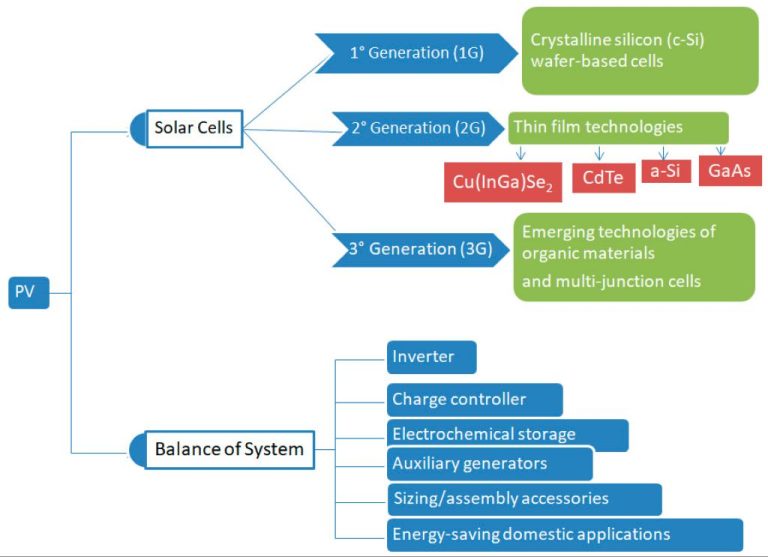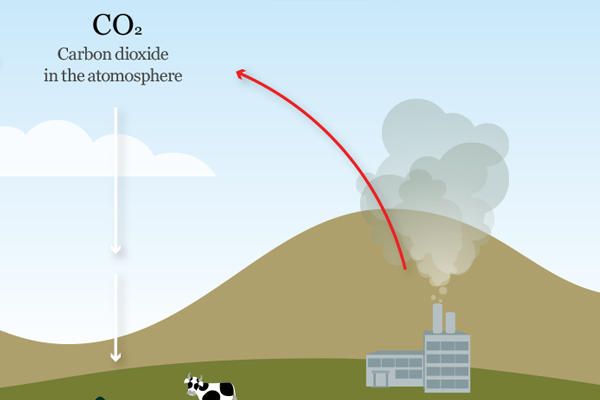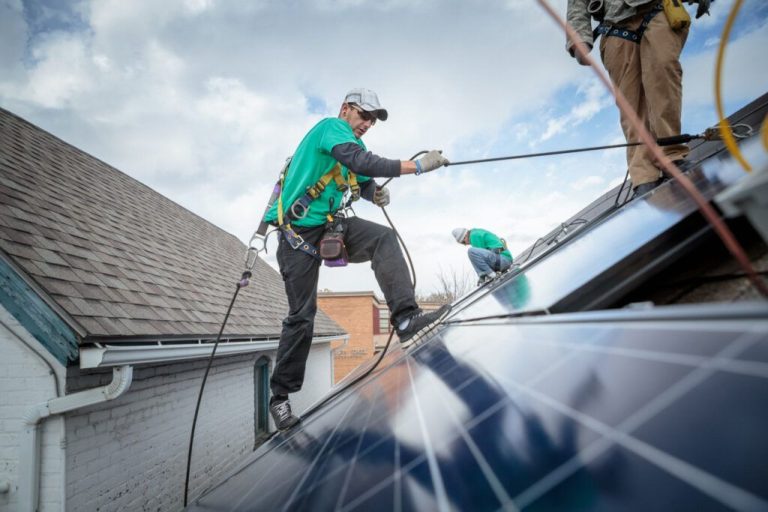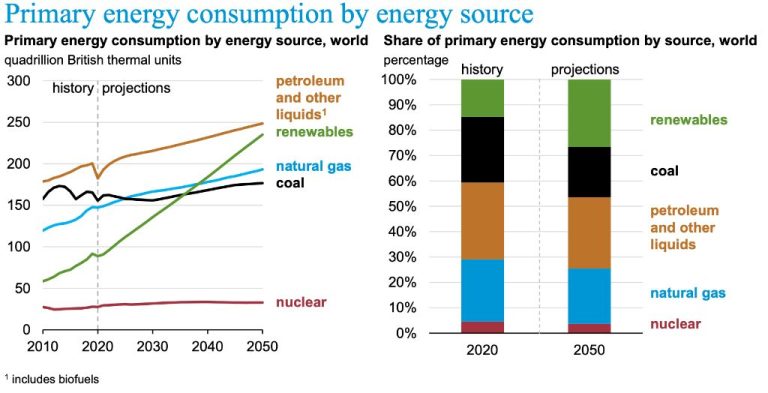What Is Renewable Vs Nonrenewable Activity?
Renewable energy comes from natural sources that are constantly replenished, such as sunlight, wind, rain, tides, waves, and geothermal heat. They are virtually inexhaustible and available across the world. Examples of renewable energy sources include solar, wind, hydropower, geothermal, and biomass. Renewable energy provides sustainable energy solutions that are clean, abundant, and increasingly cost-competitive with fossil fuels.
In contrast, nonrenewable energy comes from sources that will eventually dwindle or run out. Fossil fuels like oil, coal, and natural gas are the most common types of nonrenewable energy. They are formed over millions of years and cannot be easily replenished. Once they are depleted, they are gone for good. Other examples include nuclear energy and helium. Most of the energy we consume today comes from nonrenewable sources, which raises concerns about meeting future energy demand sustainably.
Understanding the differences between renewable and nonrenewable energy is important for meeting our growing energy needs while minimizing environmental impact. Transitioning to renewable energy is crucial for building a sustainable future with clean, affordable energy access for all.
Types of Renewable Energy
There are several major types of renewable energy sources that are in use today:
Solar Energy
Solar energy comes directly from the sun. It can be harnessed in a few different ways. Photovoltaic (PV) panels can capture sunlight and convert it directly into electricity. Concentrated solar power plants use mirrors to reflect and concentrate sunlight in order to heat a liquid, which creates steam to turn turbines and generate electricity. Solar energy is one of the fastest growing renewable sources.
Wind Energy
Wind turbines convert the kinetic energy of wind into mechanical power. The wind turns the blades, which spin a shaft connected to a generator to produce electricity. Wind power capacity has expanded greatly in recent years as larger turbines have become more cost effective.
Hydropower
Hydropower harnesses the energy of flowing water to produce electricity. Typically, hydropower comes from dams that control the flow of rivers. As water flows through the dam, it turns turbines to generate power. Hydropower supplies a substantial amount of electricity around the world today.
Geothermal Energy
Geothermal energy taps heat from under the earth’s surface. This heat can be captured for direct heating or to generate electricity. Geothermal power plants use steam from reservoirs of hot water to turn turbines. Iceland and several other countries generate much of their electricity from geothermal.
Biomass Energy
Biomass energy uses organic matter such as plants, wood, and waste to produce electricity. There are multiple ways to release energy from biomass material, including burning, microbial digestion, and converting into gas or liquid biofuels. Biomass can supply power at small scale and reduces waste and landfill methane emissions.
Benefits of Renewable Energy
Renewable energy sources provide substantial benefits compared to traditional fossil fuels. Some of the main advantages of renewables are:
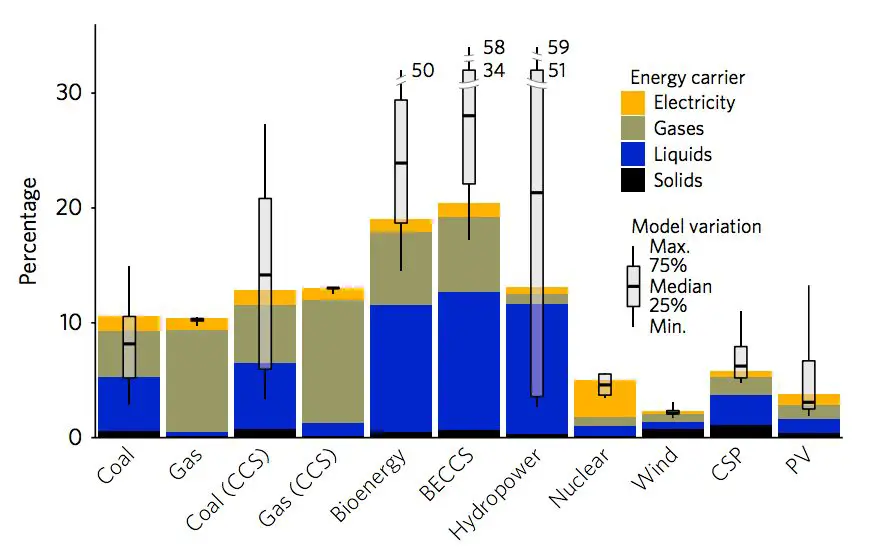
Lower Emissions
Renewables produce little to no global warming emissions and air pollutants. According to the Union of Concerned Scientists, transitioning to 80% renewables by 2050 could reduce power plant emissions by more than 80%. Renewables don’t create emissions that contribute to smog, acid rain, or health problems like asthma.
Energy Independence
Renewable energy allows nations to rely primarily on domestic resources for electricity. This provides energy security and insulation from global fossil fuel price volatility and supply disruptions. The US and many other countries import a significant portion of their fossil fuel supply. Investing more in renewables allows countries to become more energy independent.
Cost Savings
Though renewable power requires significant up-front investments, once built, the marginal cost of production is low. Technologies like solar and wind simply require the fuel of sunlight and wind, which are free. This provides long-term protection against fuel price hikes. The levelized costs of electricity from renewables have fallen dramatically and are cost-competitive with natural gas and coal in many markets.
Job Creation
Developing renewable energy creates jobs in manufacturing, construction, operations, and more. According to the International Renewable Energy Agency, the renewable energy sector employed over 11 million people worldwide in 2018. Solar jobs are growing over five times faster than average job growth in the US. Transitioning more of our energy to renewables can create domestic jobs and boost local economies.
Limitations of Renewable Energy
While renewable energy sources have many benefits, they also come with some limitations that have prevented them from fully replacing nonrenewable sources like fossil fuels. Some of the main limitations of renewable energy include:
Intermittent Supply
Many renewable energy sources like solar and wind are weather-dependent and cannot provide power consistently 24/7. The amount of sunlight and wind speed varies throughout the day and year, making the energy output intermittent. This can cause reliability issues for energy grids that depend heavily on renewables. Additional infrastructure like energy storage is needed to store and dispatch renewable power when the sun isn’t shining or wind isn’t blowing.
High Upfront Costs
Although renewable energy is cheap to operate in the long run, the upfront capital costs of building solar farms, wind turbines, hydropower dams etc. is very high. The initial investment required is much more compared to fossil fuel power plants. These high costs have slowed down the widespread adoption of renewable energy worldwide.
Low Energy Density
Fossil fuels like coal, oil and natural gas have very high energy density and can produce abundant electricity from small amounts. In contrast, renewables like solar and wind have low power density and require large areas of land and arrays to collect diffuse energy. For example, a solar farm requires several acres of land occupied by PV panels to produce the same amount of electricity as a compact coal power plant.
Types of Nonrenewable Energy
Nonrenewable energy sources are those that cannot be replenished in a short period of time. The most common types of nonrenewable energy we rely on today are fossil fuels: oil, natural gas, and coal. These energy sources come from ancient plants and animals that became buried under rock through geological processes, turning into concentrated carbon-based fuels over millions of years.
Oil, also known as petroleum, is a fossil fuel found deep underground in porous rock formations. It’s extracted by drilling oil wells, then refined into various petroleum products like gasoline, diesel, heating oil, asphalt, and more. Oil provides about a third of the world’s energy needs and is critical for powering transportation with internal combustion engines.
Natural gas is mainly composed of methane and is found alongside fossil fuels like oil and coal. It can be extracted through wells or produced as a byproduct of oil drilling. Natural gas is used for heating, cooking, electricity generation, and some transportation needs.
Coal is a combustible black or brown rock formed from compressed and altered plant matter buried underground. It’s mined from coal beds and used primarily to generate electricity, providing about 30% of the world’s energy. Coal also has some industrial applications like steel production.
Why We Rely on Nonrenewables
Fossil fuels like coal, oil, and natural gas currently make up over 80% of the world’s energy supply. There are several key reasons why nonrenewable sources have dominated energy production for so long:
Cheap: Extracting and producing energy from fossil fuels has historically been very inexpensive compared to developing new renewable technologies. Large, established fossil fuel industries have benefitted from economies of scale and decades of infrastructure development. The mature technologies involved in drilling, mining, transporting, and burning fossil fuels is reflected in low consumer prices.
Reliable: Nonrenewable energy sources provide consistent, steady baseload power for electricity grids. Coal and natural gas plants in particular can operate 24/7 to match energy demand. The consistency of fossil fuels has been crucial for supporting modern lifestyles.
Easy to Access: Fossil fuel reserves are concentrated and located close to major population centers in many parts of the world. This geographic luck and concentrated energy has facilitated easy extraction and transport with existing distribution systems.
Existing Infrastructure: Trillions have been invested into infrastructure like power plants, pipelines, railroads, refineries, gas stations and more optimized for nonrenewable energy production and use. The sunk costs, path dependency, and inertia make it difficult to quickly shift away from what’s already in place.
Downsides of Nonrenewables
While nonrenewable energy sources like oil, natural gas, and coal have powered the growth of modern society, they come with significant downsides that impact human health and the environment.
Fossil fuels emit high levels of air pollution when burned, releasing hazardous substances like sulfur dioxide, nitrogen oxides, particulate matter, mercury, and other heavy metals. This leads to smog, acid rain, and degraded air quality that is linked to respiratory illnesses, heart disease, and millions of premature deaths annually.
The extraction, production, and transportation of fossil fuels also causes environmental damage, especially from oil spills. And their emissions contain greenhouse gases like carbon dioxide that trap heat, drive climate change, and lead to catastrophic impacts worldwide.
Additionally, coal mining practices like mountaintop removal mining damage landscapes and contaminate water sources. Fracking to access natural gas can lead to water pollution and even earthquakes.
On top of these impacts, fossil fuels are finite resources that will eventually be depleted given current rates of consumption. Reliance on them is not sustainable long-term.
Therefore, while nonrenewable sources have fueled our modern way of life, their downsides make the case for transitioning to cleaner renewable energy sources that have less impact on the health of people and planet.
Transitioning to Renewables
The transition from nonrenewable to renewable energy sources is a complex process that requires changes in policy, technology, and public awareness. Governments can implement incentives like tax credits, rebates, and renewable energy standards to encourage the adoption of renewables. Technological improvements that lower costs and increase efficiency also enable the transition. But public support is critical to drive political action and change energy consumption habits. Educating people on the benefits of renewables compared to fossil fuels can build this support.
Policy incentives at the federal, state, and local levels can accelerate renewable energy growth. Tax credits reduce the cost of installing technologies like solar panels or wind turbines for homeowners and businesses. Many governments offer rebates or grants as direct financial incentives. Renewable portfolio standards require utilities to source a percentage of their electricity from renewables. Net metering policies enable renewable system owners to export excess electricity to the grid.
The costs of renewables continue to decline as technology improves. Innovations like advanced solar cells, taller wind turbines, and enhanced geothermal systems increase efficiency. Developing ways to store energy from intermittent sources like solar PV and wind is also key. With more affordable and reliable technology, switching to renewables becomes more feasible.
Public awareness campaigns can highlight the environmental, economic, and energy security benefits of renewables compared to fossil fuels. Media coverage, celebrity endorsements, and community outreach shape social attitudes and increase support. As people understand the advantages of renewables, they may be more likely to install rooftop solar or choose a renewable energy plan from their utility. This grassroots pressure can drive further policy action.
The Future of Energy
Many experts project rapid growth in renewable energy production and adoption over the coming decades. Innovation in wind, solar, geothermal, and other renewable technologies will likely accelerate this transition. Complete transition to 100% renewable energy worldwide is hypothetically possible but would require massive infrastructure investment, policy support, changes to energy storage and transmission, and wide-scale behavioral shifts.
According to projections by the International Energy Agency (IEA), renewables are expected to account for over 40% of global electricity generation by 2040 under current policies. With more ambitious sustainability policies, renewables could reach well over 60%. Much of this growth is expected to come from solar and wind power in particular. The levelized costs of solar PV and onshore wind have dropped dramatically in the past decade, making them cost competitive with fossil fuels in many markets.
Ongoing renewable energy innovation aims to address intermittency and storage challenges. Emerging battery storage solutions and smart grid technology can enable greater reliability and round-the-clock renewable energy availability. Hydrogen produced via electrolysis is also being explored as an energy storage medium. These technologies can help manage variable output from wind and solar.
Fully transitioning the world to 100% renewable energy would require massive changes to energy infrastructure, storage, transmission, distribution, and usage patterns. It would involve phasing out all fossil fuel power generation and replacing it with renewable sources. Electrification, energy efficiency, and conservation across the transportation, buildings, and industrial sectors would also be critical. Such an undertaking would require substantial policy support, investment capital, R&D, and societal commitment.
Conclusion
In summary, renewable energy comes from naturally replenishing sources such as sunlight, wind, water, plants, and geothermal heat. These energy sources are sustainable over long periods of time and have lower environmental impacts compared to fossil fuels. Renewables provide clean power without generating greenhouse gas emissions that cause climate change. While renewables currently make up a modest share of global energy production, they have tremendous potential for growth and are increasingly economically competitive with conventional fuels.
Transitioning our energy system away from nonrenewable fossil fuels and toward renewable sources is crucial for building a sustainable future. Widespread adoption of renewables will reduce air pollution, combat global warming, improve public health, and increase energy access. With renewable power, we can meet our current energy needs while preserving resources for future generations. Sustainable energy supports economic development, national security, and a higher quality of life. The expansion of renewables promises a cleaner, safer, more equitable world for all.

